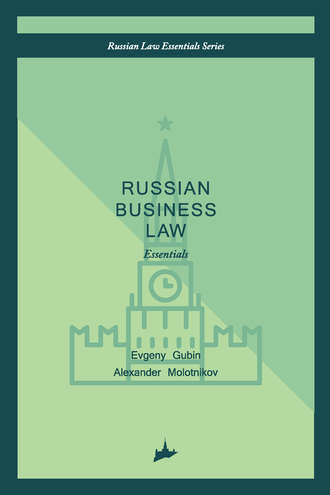Russian business law: the essentials

Полная версия
Russian business law: the essentials
Жанр: о бизнесе популярнороссийская практикаюридическая литературапредпринимательское правоюридическая помощьрусский бизнес
Язык: Английский
Год издания: 2016
Добавлена:
Настройки чтения
Размер шрифта
Высота строк
Поля
Конец ознакомительного фрагмента
Купить и скачать всю книгу


